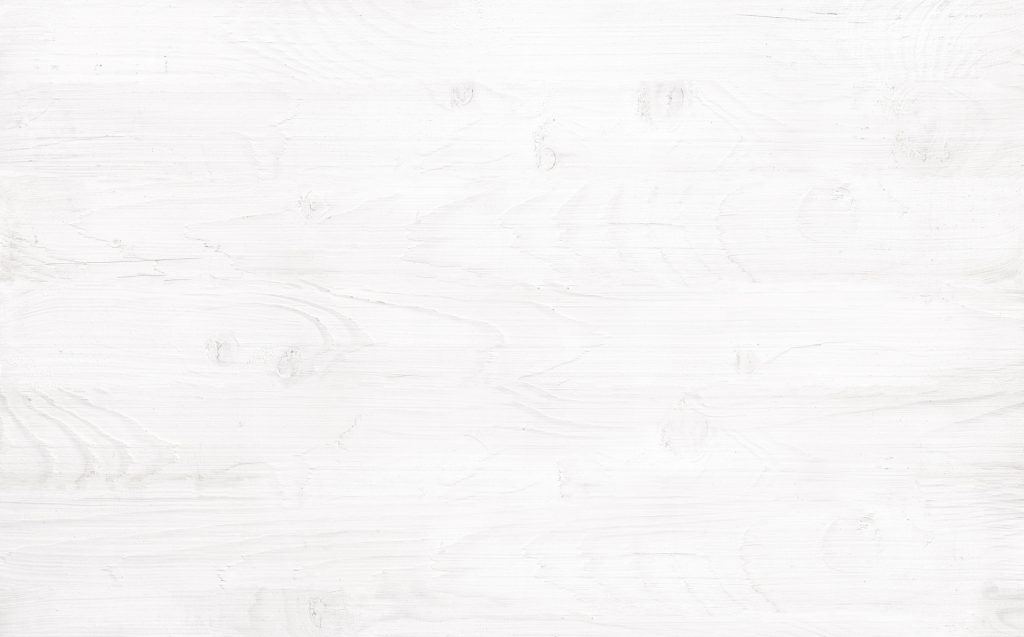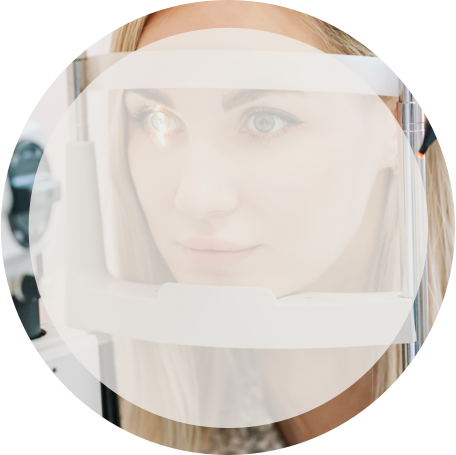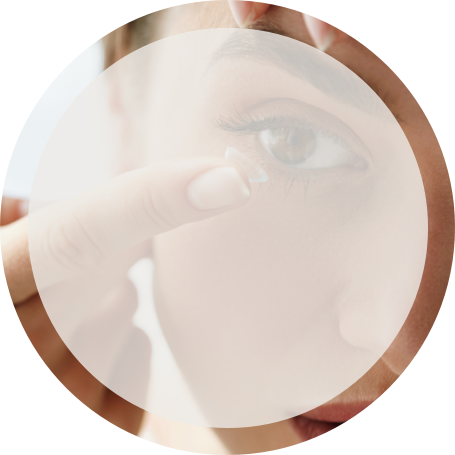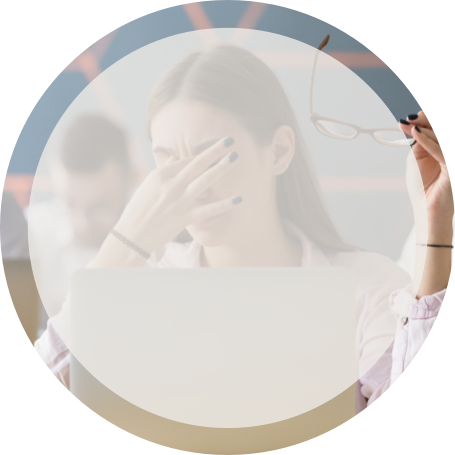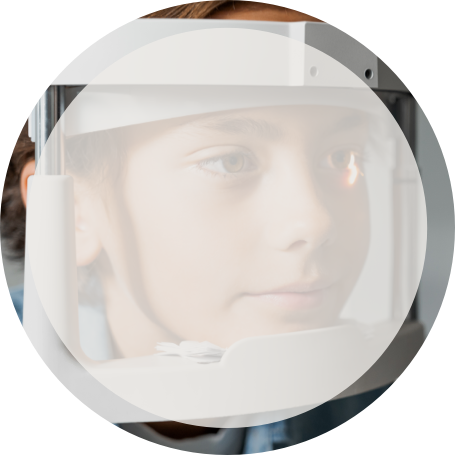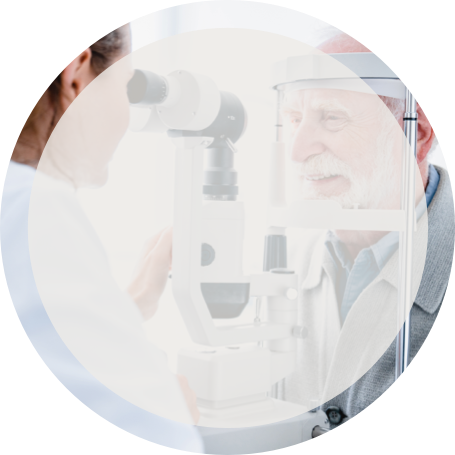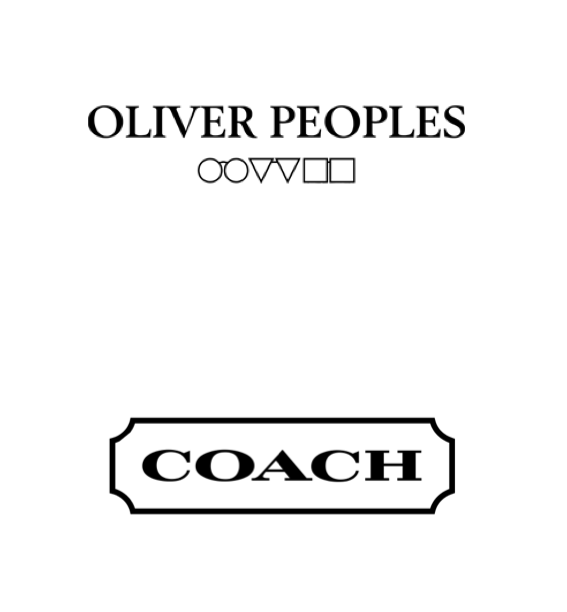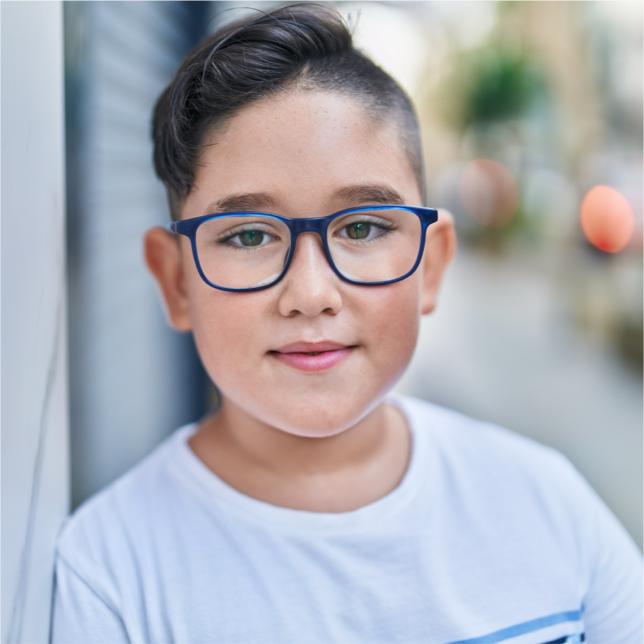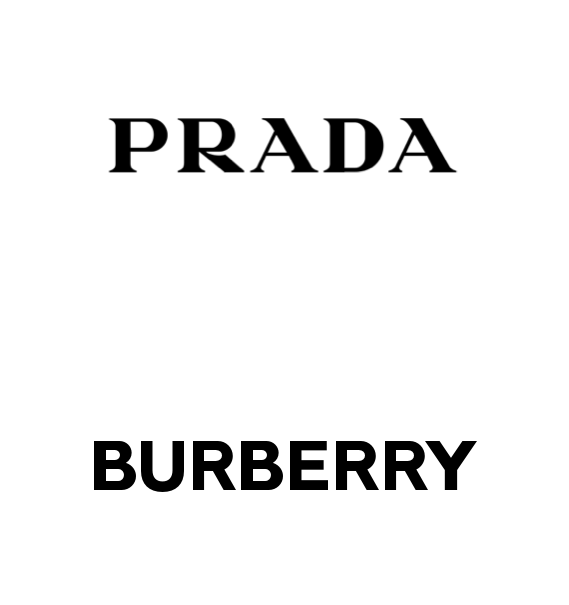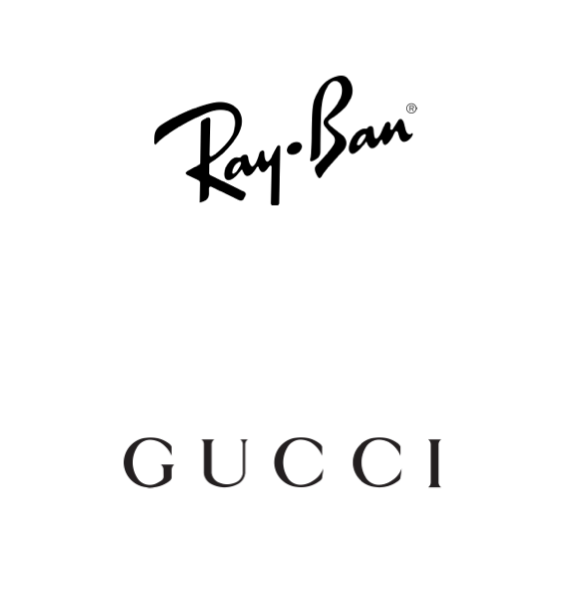As we get older, our eyes undergo many changes that can affect our vision, comfort, and quality of life. One common issue that affects many people is dry eye disease, which is caused by a lack of tears or poor-quality tears.
Dry eyes can cause discomfort, redness, itchiness, and other symptoms that can make your day-to-day life challenging. Fortunately, modern dry eye therapies are available to help alleviate your symptoms and improve your overall eye health.
With an eye exam, your optometrist can assess your tear health and suggest an individualized treatment plan.
What Causes Dry Eyes?
Dry eye disease occurs in 1 of 2 ways. Either you don’t make enough tears, or the tears you do make are low quality. It may seem odd to think you may have low-quality tears, but they contain more than just water.
Your tear film covers the surface of your eye and is made up of 3 layers: water, oil, and mucus. Over 85% of all dry eye cases are due to meibomian gland dysfunction (MGD), which blocks oil production essential for a healthy tear film, resulting in low-quality tears.
When this happens, you may experience a range of dry eye symptoms, including:
- Blurry vision
- Scratchy, stinging, or burning sensation
- Increased sensitivity to light
- Red eyes
- Stringy eye mucus
- Excessive tearing
If your optometrist suspects you have dry eyes caused by MGD, they may use imaging technology, such as Lipiview, to assess the integrity of your meibomian glands and determine which treatment could work best for you.
Intense Pulsed Light (IPL) Therapy
Intense pulsed light therapy (IPL) uses a special kind of light to stimulate the meibomian glands and reduce the surrounding inflammation in your eyelids, improving how your oil glands are working. These glands are responsible for producing the oils that keep your tear film from evaporating too fast.
Chronic inflammation or disease causes your oil glands to function inadequately. Left untreated, this causes the oil the meibomian glands produce to change composition, leading to clogged glands and dry eye symptoms. IPL therapy uses quick bursts of a specific light wavelength to remove blockages, treat inflammation, and encourage healthy oil production.
IPL therapy usually takes about 4 sessions, 10–15 minutes each, and your optometrist may also express the meibomian glands to clear the trapped oil. Overall, 89% of patients have reported significantly improved dry eye symptoms from these treatments.
Lipiflow
Similar to IPL therapy, LipiFlow uses a small device to treat the glands that produce the oily layer of the tear film. This device applies gentle heat and pressure to the glands, helping liquefy the blockages and improve oil production.
Lipiflow takes about 12 minutes, and many patients report immediate improvement in their dry eye symptoms following the procedure. Still, results can take 6–8 weeks.
Amniotic Membrane Therapy
Amniotic membrane therapy involves using amniotic tissue to treat severe dry eyes.
The amniotic tissue is inserted between the eyelids using a flexible plastic ring. The tissue rests on the eye’s surface for a few days until your eye doctor removes the ring.
This therapy can be used for many eye conditions because its anti-inflammatory and anti-scarring properties can promote healing from acute or chronic inflammatory events and offer long-lasting results.
Low-Level Light Therapy (LLLT)
Low-level light therapy (LLLT) uses light therapy to improve the eye’s tear function. While this sounds similar to IPL therapy, LLLT uses invisible, near-infrared light. LLLT speeds up energy processes deep at the oil gland layer and improves the eye’s natural ability to produce tears.
LLLT can also be applied to the lower and upper eyelids. In contrast, other light therapies can normally only be done on the lower ones. Some optometrists recommend combining IPL therapy and LLLT to improve the results.
Finding Dry Eye Relief at Home
In addition to these therapies, there are also lifestyle changes you can make to help alleviate dry eye symptoms or reduce your risk:
- Stay hydrated by drinking plenty of water each day
- Blink frequently while working on a computer (use the 20-20-20 rule)
- Add a humidifier to your home or office
- Wear sunglasses to protect your eyes from the sun and wind
- Take omega-3 supplements at your doctor’s suggestion
Eye Comfort Is Within Reach
If you suffer from dry eyes, various modern treatment options are available to help improve your symptoms and overall eye health. IPL therapy, LipiFlow, amniotic membrane therapy, and LLLT are all effective options that can be tailored to your specific needs.
Deciding what therapy may work for you can seem overwhelming, but Family Vision Care has the knowledge and technology to assess your symptoms and recommend a solution. Don’t let dry eyes take over your life, book an appointment with us today and put our experienced team on your side.


